On This Day…January 14th
On January 14th, 1969 the USS Enterprise was rocked by a series of explosions off the coast of Pearl Harbor, Hawaii. A fire broke out when a ‘Zuni’ rocket attached to an F4 Phantom aircraft detonated, starting a domino effect of discharges blowing holes in the flight deck which in turn spilled burning jet fuel Into the hangar deck. 28 sailors were killed, and 314 injured.
The incident mirrored the 1967 USS Forrestal (CV-59) fire just eighteen months before (above), also caused by an F4 Zuni, which killed 134 men. Lessons learned can be seen on the vast differences in the casualties on board the Enterprise.
A-36A Apache aircraft of the 527th FBS, 86th BFG, Gaudo Airfield, southern Italy, 14 Jan 1944. The North American Aviation A-36A was a ground attack version of the iconic P-51 Mustang fighter. North American Aviation called this variant the Apache (apparently others tried to nickname it the Invader) but documents from the US Army Air Forces always listed them as Mustangs. the restored Apache below shows the (closed) dive brakes...
Which are further highlighted in the diagram and close up of the next two images.
The armament was also different, with the Apache having two 50 cal Brownings under the nose cowling, firing through the propellor arc. A total of 500 Apache aircraft were produced in a single production run. One Apache was provided to the British for evaluation and all the rest flew with US forces. First delivered to squadrons in French Morocco in April 1943, the aircraft remained in service in that theater until June 1944 when its role was taken over by the P-40. Although the Apache’s combat career might have been short, In the Mediterranean Theatre alone these aircraft flew a total of 23,373 combat missions and delivered over 8,000 tons of bombs.
14 Jan 1970, Ben Tre, Vietnam. A South Vietnamese infantryman from the Seventh Division leads a wounded comrade away from the front line after a battle with Vietnam Cong forces.
14 January,1934 saw the first flight of the de Havilland DH-86 Express E.2, British four-engine biplane passenger aircraft powered by four Gipsy Six engines. Designed to meet the requirements of QANTAS Australian airlines.
Corporal Bernard Butnik, of Cleveland Heights, Ohio, and Sergeant Richard Goodbar, of Russellville, Arkansas, offer 'Agnes' cigarettes and a coke. European Theater, January 14, 1945. Their anotomical knowledge is impressive.
P-40L having an engine check aboard the USS Ranger (CV4), January 14, 1943 - these USAAF aircraft were being delivered to Casablanca.
This photo made the cover of 'Yank’ Magazine, Continental Edition of January 14, 1945. Entitled "Present Arms” it featured Pfc. Robert Leigh and his collection of enemy weaponry souvenirs (MP.38 and MP.40's, an MG.34 and an MG42) taken by the 83rd Infantry Division during the Battle of the Hürtgen Forest.
Today in 1950 marked the first flight of the MiG 17 (NATO designation; Fresco). Over ten thousand of these aircraft were made and 20 different countries flew them. Quite astonishingly, the Madagascan Air Force still operate examples.
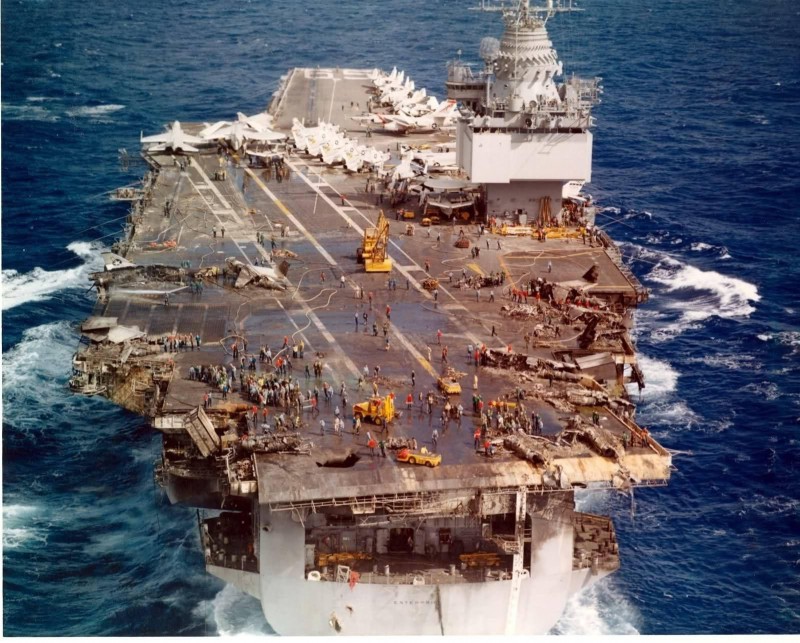
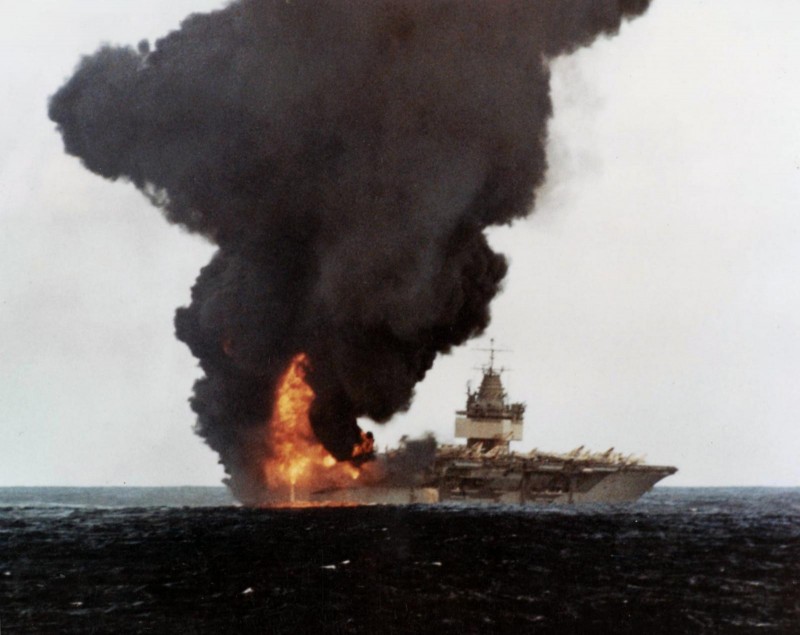
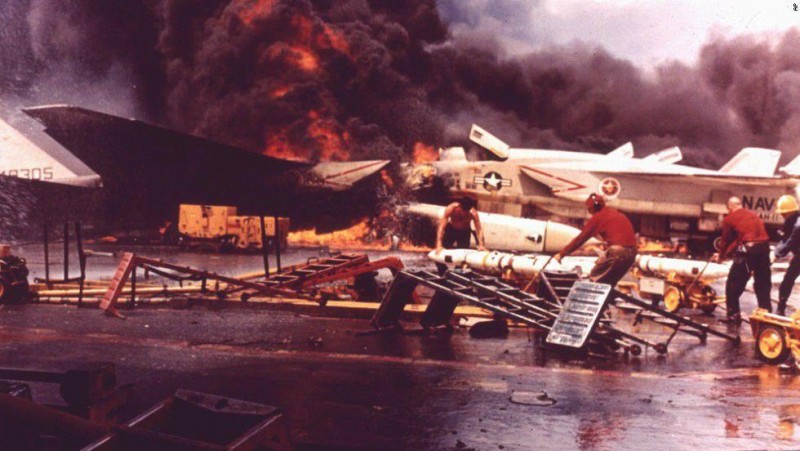
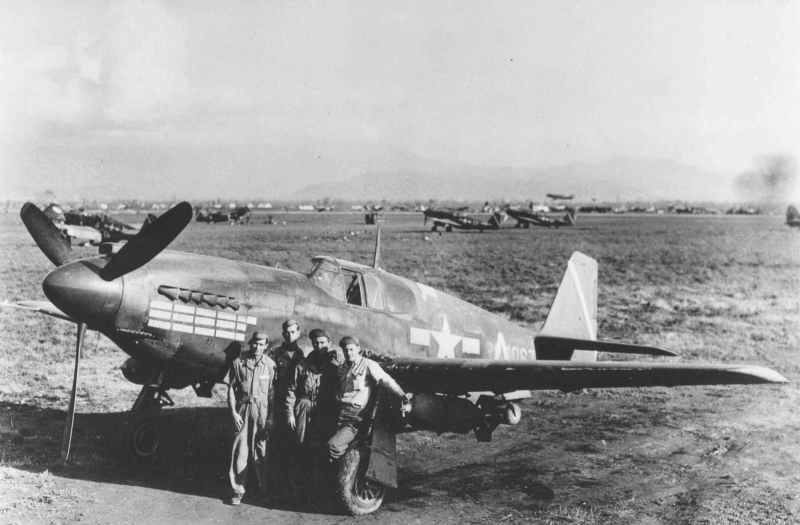
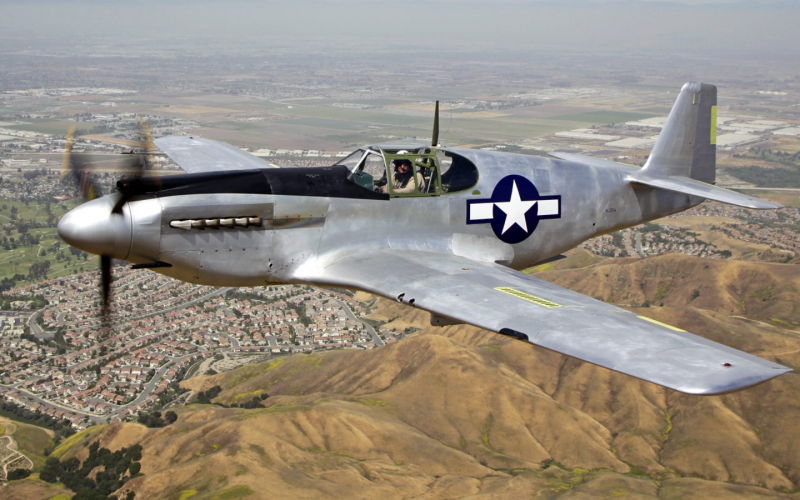
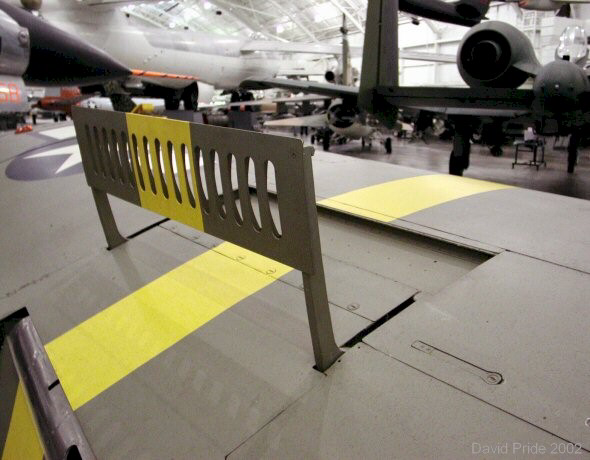
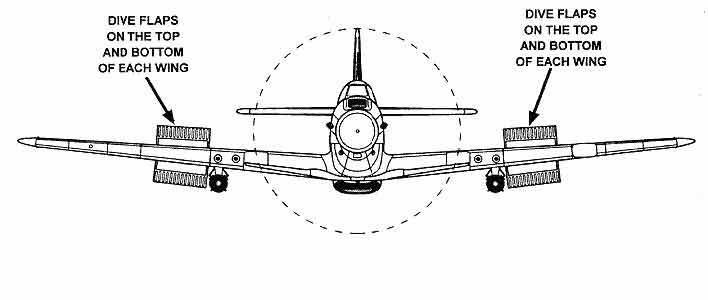
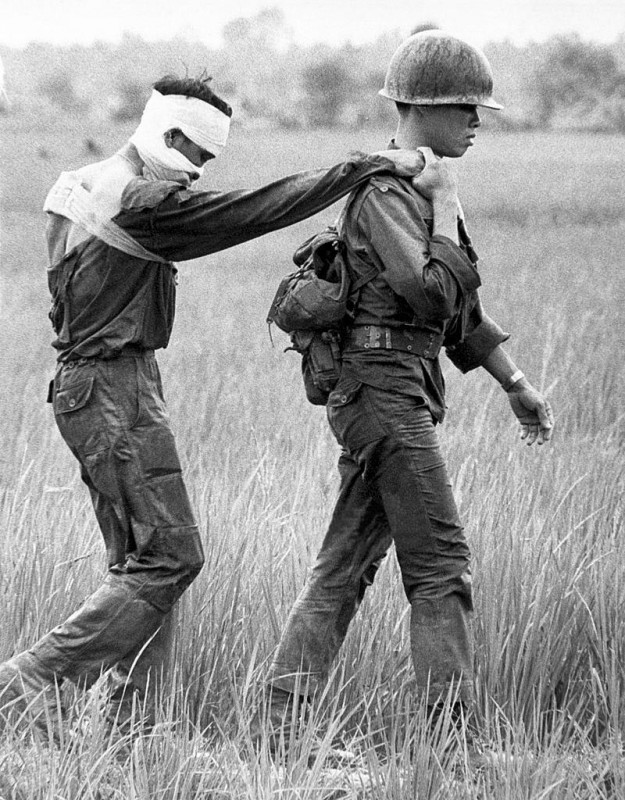
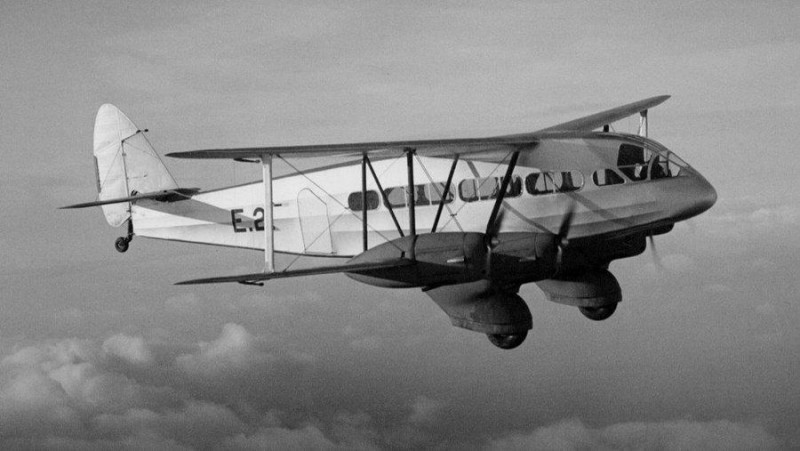
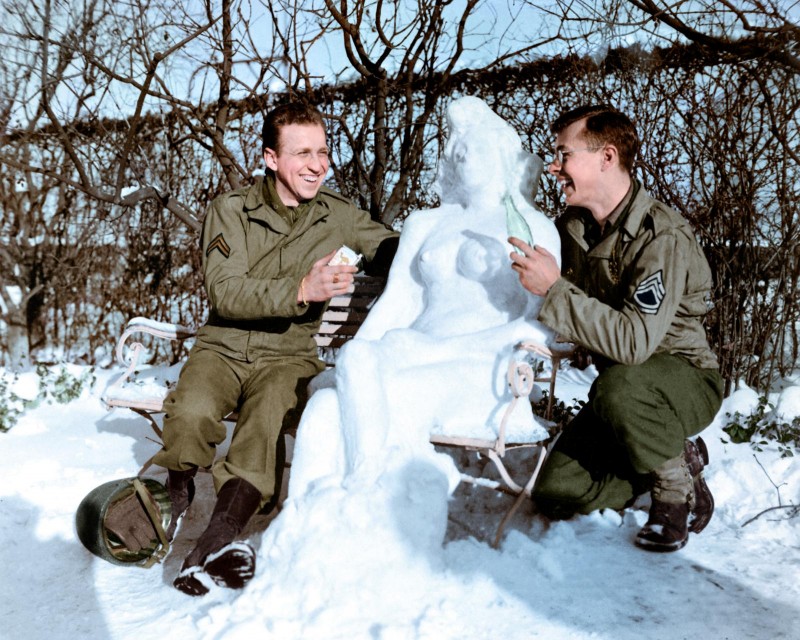
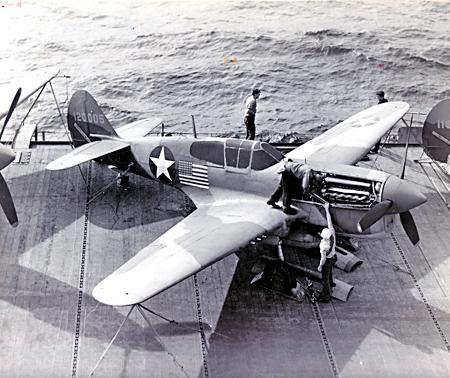
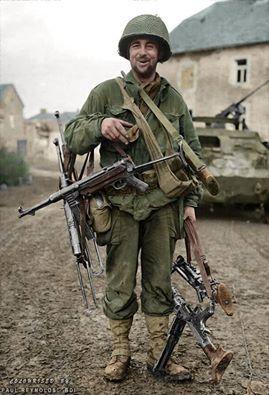
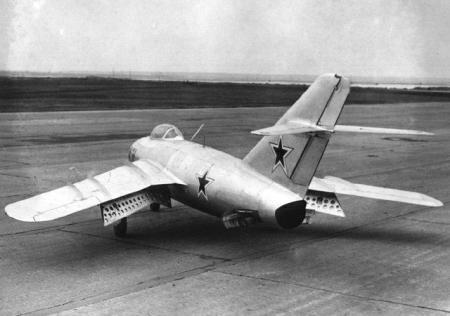
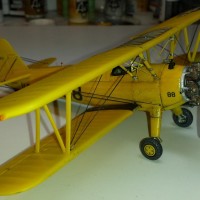

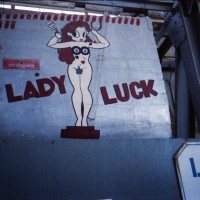
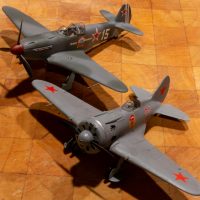
Most excellent, David. The carrier fires on those days are some of the saddest in US Naval history. I was just watching a carriers history program and they mentioned that the Forrestal fire actually began in an arms locker when an armed flare was dropped by the Armorer. It spread upwards and the Zunis, ammo and fuel on the deck went off causing the fires to go completely out of control for over 10 hours. VERY sad. Apparently, the Zuni(s) caused the most damage.
Hey, Jeff. Yes, sad to say you really have to look hard to find any feel good stories when it comes to war and the machines we use for waging it.
And that point David, is the dichotomy of our hobby. At least in my opinion. We choose to find the positive aspects of equipment that can cause so much destruction.
Great posts, as usual.
Thanks, Gary. That dichotomy is central to the hobby (well, at least the war subjects); we reach the heights of achievement when faced with our own worst excesses.
Those carrier fires were the seeds of learning the proper way to fight shipboard fires. We watched those documentary films in fire fighting class almost every years and it became a valuable tool to save thousands more lives in the following years and help0ed bring in newer fire fighting gear. A tragic loss of life that helped save other ships and their crew.
I agree Paul. I was aboard the USS Coral Sea when a fire of unknown origins broke out. It was moving through the ventilation system and the ship went to General Quarters. Our CATCC was filling with smoke, but we had planes in the air so essential personnel couldn’t leave the space until they trapped. Turned out to be a tire fire in some void space. We didn’t want to become another “training film” and thankfully we were spared by the good efforts of our Flying Squad.
Jeff,
You’ve got the fire aboard the USS Oriskany CVA 34 confused with the fire on the USS Forrestal CVA 59.
The fire on the Oriskany was started when a flare went off while it was being replaced and the sailor threw it into the storage room and dogged the hatch.
My uncle was aboard her when it happened and help roll ordnance over the side.
The Forrestal fire was cause by a short in a Zuni pod that fired a rocket into John McCain’s A-4 starting a fire among a fully armed deck load Alpha Strike.
Much of the damage to the Forrestal was attributed to the old WW2 bombs found in the Philippines she had just taken aboard that detonated in the fire.
Another casualty of the Bomb Shortage.
Rick, sorry for the mix-up and thanks for the correction! I don't mean to put out bad information.
Hi Jeff,
Hope you didn’t think I was giving you a knock, if my comment came across that way I apologize. I was only 12 but I can still remember the raw emotion in my Uncle’s voice when he talked about rolling 500 pound bombs over the side.
Again if I came across as a “Richard Cranium” l’m sorry.
Rick
‘Richard Cranium’. Classic, Rick. And nothing could be further from the truth.
After these tragedies the started more intensive training for all hands, not just damage control parties. An excellent book about the Forrestal fire is ' Sailors till the end, by Gregory Freeman.
2 attached images. Click to enlarge.
Thanks, Robert. These posts have started their own library in my house, based on the recommendations like this one.